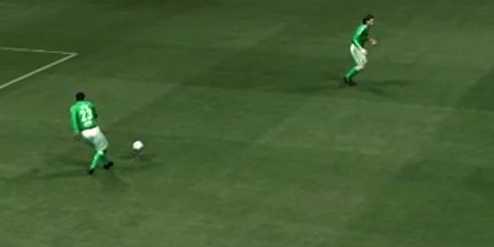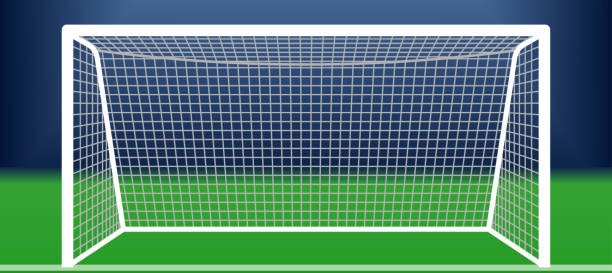HOW TO PASS.

Passing the ball is a fundamental skill in football that facilitates teamwork, creates scoring opportunities, and maintains possession. Here’s a detailed explanation of how to pass the ball effectively in football:
Types of Passes:
- ▫ SHORT PASS: A quick, close-range pass typically used for maintaining possession or building up play.
- ▫ LONG PASS: A pass over a longer distance, often aimed at switching play or reaching a teammate in space.
- ▫ THROUGH BALL: A pass played into space ahead of a teammate, allowing them to run onto it.
- ▫ CROSS: A pass delivered from the wings into the penalty area, usually aimed at strikers.
Basic Passing Techniques:
- INSIDE OF THE FOOT PASS:
▫ TECHNIQUE: Use the inside of the foot for accuracy. This technique is ideal for short to medium passes.
▫ DELIVERY: Approach the ball at a slight angle, plant your non-kicking foot beside the ball, and strike with the inside of your foot while following through in the direction of the pass. - LACES PASS (INSTEP DRIVE):
▫ TECHNIQUE: Use the laces (top) of the foot for power, suitable for longer passes.
▫ DELIVERY: Position your non-kicking foot beside the ball, lean back slightly, and strike the ball with your laces, following through for distance. - CHIPPED PASS:
▫ TECHNIQUE: A pass that lifts the ball off the ground, useful for bypassing defenders.
▫ DELIVERY: Use the inside of the foot to scoop the ball, striking underneath it to get the desired height. - SIDE FOOT PASS:
▫ TECHNIQUE: A controlled pass using the side of the foot, suitable for quick, precise passes.
▫ DELIVERY: Position your non-kicking foot next to the ball, and strike with the side of your foot while keeping your ankle firm.
Body Positioning:
- ▫ ANGLE OF APPROACH: Approach the ball at an angle to allow for better foot placement and to generate a clear line of sight to the target.
- ▫ BODY ORIENTATION: Face your target as much as possible to ensure accuracy. Your body should be aligned with the intended direction of the pass.
Communication:
- ▫ VERBAL CUES: Use verbal communication with teammates to indicate passing intentions (e.g., calling their name).
- ▫ NON-VERBAL SIGNS: Make eye contact or use hand signals to show you are ready to pass or receive the ball.
Reading The Game:
- ▫ AWARENESS: Always scan the field for open teammates, space, and opponents before receiving the ball to make quick decisions.
- ▫ UNDERSTANDING MOVEMENT: Anticipate where your teammates will be and pass to where they are going, not just where they are.
Practicing Passing:
- ▫ DRILLS: Engage in various passing drills that simulate game scenarios.
- ▫ WALL PASS: Pass to a wall or rebounder and receive the ball back.
- ▫ TARGET PASSING: Set up targets to hit with passes from different distances.
- ▫ KEEP-AWAY GAMES: Practice passing under pressure while maintaining possession in small-sided games.
Using Both Feet:
- ▫ VERSATILITY: Practice passing with both feet to become a more well-rounded player. Being able to pass effectively with your weaker foot increases options in tight situations.
Game Situations:
- ▫ DECISION MAKING: Assess the situation quickly to determine whether to pass short, long, or use a through ball based on defensive positioning.
- ▫ DELIVERY UNDER PRESSURE: Work on maintaining composure and making precise passes when under pressure from opponents.
